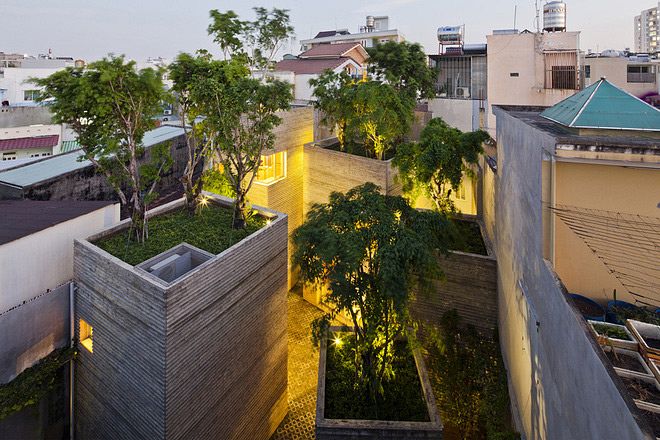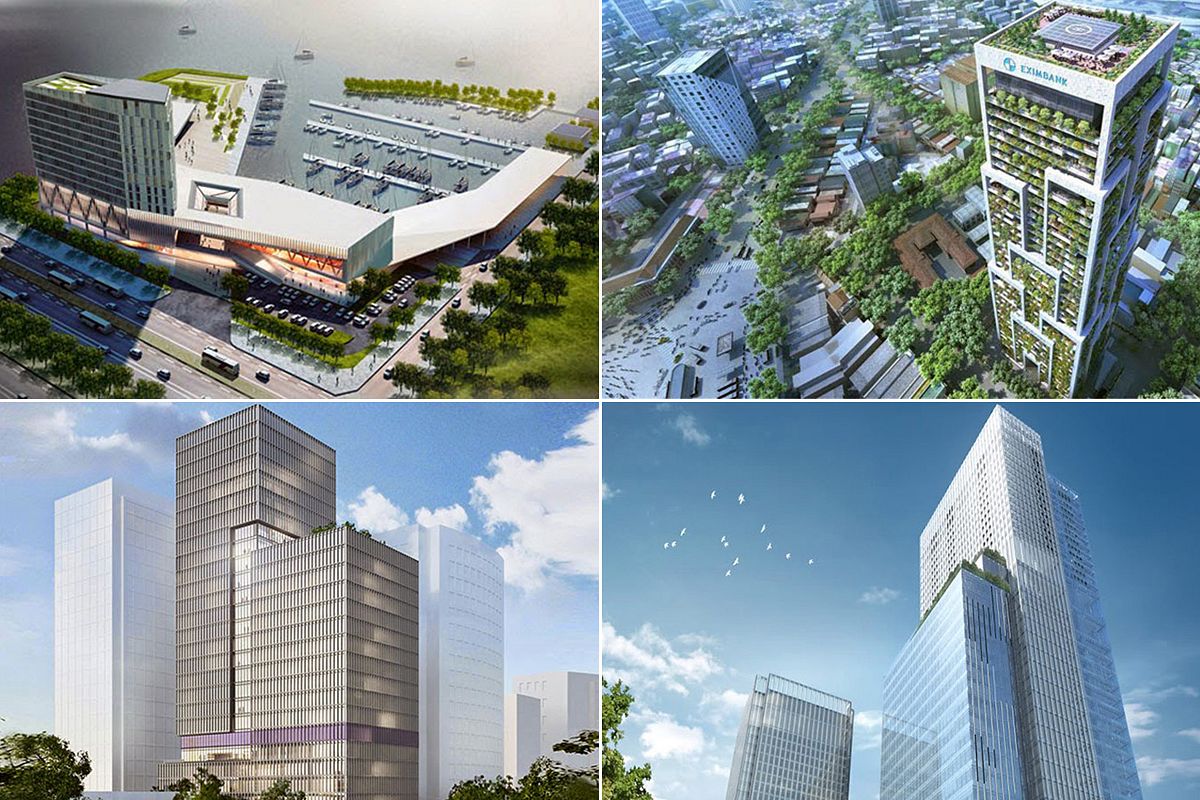The monolithic Saigon One Tower is the most obvious victim of the city's burst real estate bubble (which looks to be finally recovering). Even though the skeleton of the unfinished US$238 million skyscraper lies at the intersection of Ham Nghi and Ton Duc Thang Streets, an incredibly desirable piece of real estate, information about the stalled project has been nearly impossible to come by.
Fortunately, local real estate website REIC did a bit of digging and recently published an extensive piece about the project.
When the municipal government signed off on the development in the mid-2000s, plans called for two 41-story towers to be built. However, by the time construction began in 2007, the second tower had been phased out of the design.
The building's investors and stakeholders are a hodgepodge of local companies with varying financial interests - Saigon M&C Company (49%), Saigontourist Group (30%), Dong A Bank (6%), Dong A Securities (10%) and the Phu Nhuan Jewelry Company (5%).
When construction abruptly halted in 2011, an estimated 80% of the work has been completed, with only the glass façade and interior work left to be done.

The Saigon One Tower (left of Bitexco) sticks out like a sore thumb in Saigon's budding skyline. Photo via peace6x.
At 80% finished, REIC writes it is logical to assume 80% of the invested budget has been used - the equivalent of roughly $180 million. As such, another $45 million will be required to complete the project, not including loan payments.
According to Dan Viet newspaper, as of late 2012, investors had taken loans from three creditors - Minh Quan Construction & Trade Consultancy Joint Stock Company ($37.5 million), Lien Phat Investment Company ($30 million) and an unnamed Vietnamese bank ($67.5 million). On top of the $135 million borrowed is another $31.5 million in interest and financial costs. Based on these numbers and the terms of the loan agreements, investors were on the hook for $73,800 in interest every day.
In the absolute best-case scenario wherein all apartments are sold and all spaces rented out, it would have taken investors seven years to break even.
Keep in mind that the math is based on data available through the end of 2012 and there's no telling if additional loans were secured over the past three years. But if one is to extrapolate based on the daily interest payments from 2012, you can tack on another $70.6 million to the project cost.
While the city’s People’s Committee has ordered that the project be completed by the end of this year, nobody seems quite sure where the money will come from or if the original investors have any intention to follow through.
Instead of ending this piece on a negative note, we’ve come up with a few alternative uses for the structure in case the investors aren't able to get their act together: giant waterslide, urban bird sanctuary, vertical garden, bungee jumping platform, money graveyard, a 41-story observation deck, or simply leave it unchanged as a confidence booster for the Bitexco Tower.














